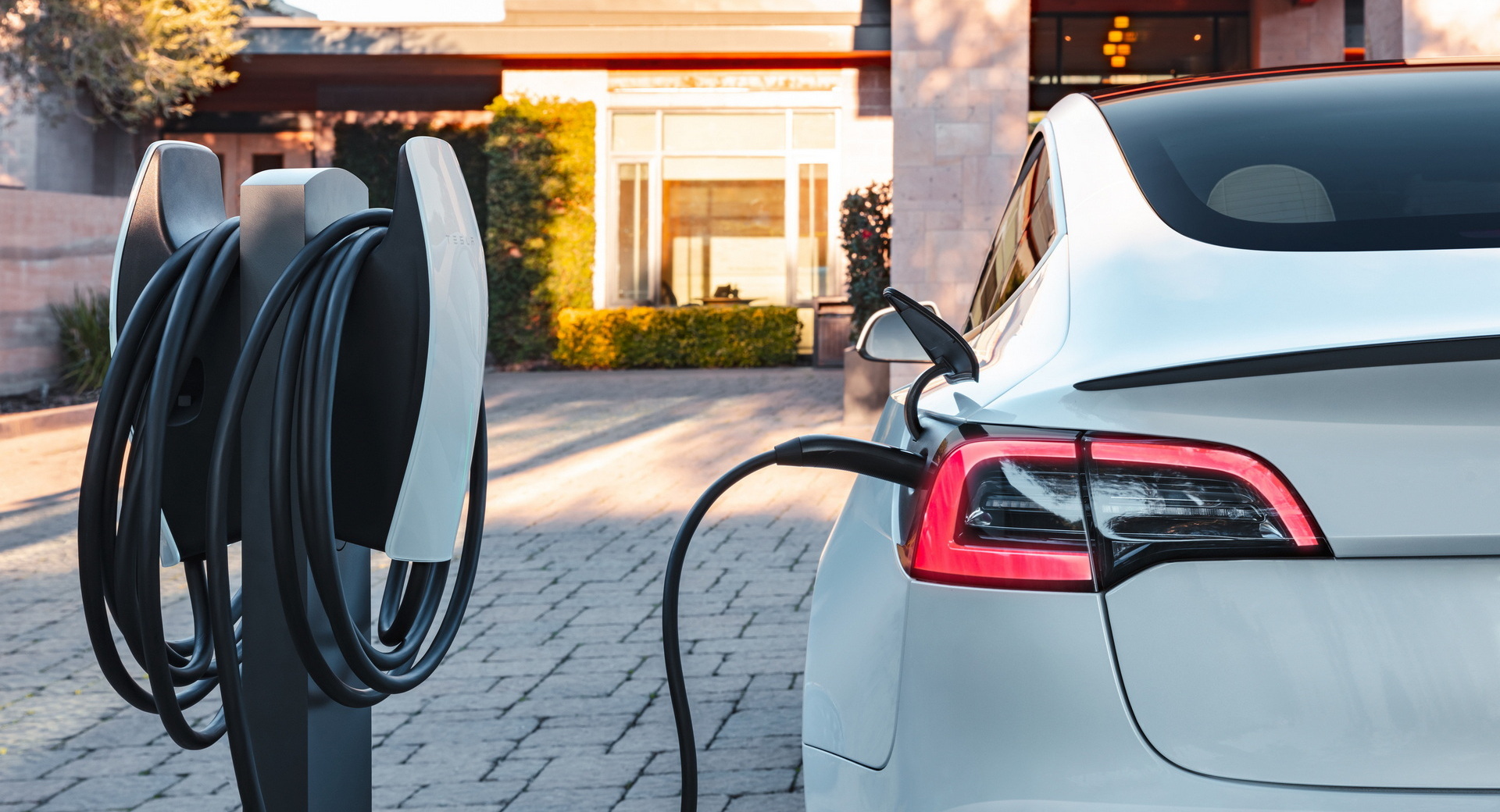The transition toward electric vehicles isn’t going to slow down any time soon and lawmakers and the private sector are both hard at work to create enough infrastructure to support all of these EVs. Nevertheless, one big hurdle that still remains is how to add charging infrastructure to existing communal living spaces.
Building EV charging stations into new construction is important but retrofitting into condos, apartments, and other communal living areas is even more vital. It’s also considerably harder since many already existing spaces weren’t designed for EV infrastructure when first erected. Ultimately, the problem “begins and ends with power”, says a new report from Autonews Canada.
Existing buildings were often built with power requirements in mind and very little excess power available beyond that original expectation. That means that simply adding chargers to the building’s power network isn’t a viable solution as those chargers could draw more power than the system can supply.
Read More: Audi Sees EV Range Becoming Less Important In The Future As Charging Infrastructure Improves
One potential solution called Dynamic Load Management (DLM) works by evenly distributing electricity to all EVs that are charging simultaneously and only charging them at full volume when there’s enough energy capacity to do so. Not only does DLM reduce infrastructure installation costs but it can manage the power in a way that protects the building’s power grid. Of course, the system isn’t exactly cheap, with costs regularly rising to $3,000 or $4,000 for a single space.
That cost goes up depending on how far the system needs to reach and that can be especially expensive for buildings with multi-level parking garages. “You might be on the P5 level, and the nearest panel might be on the P1 level, and that could take $1,000 worth of coring to get down there,” says Mark Marmer, a condo owner in Toronto.
Carter Li, CEO of charging tech firm Swtch Energy, has another unique solution for multi-family homes. He says that while most EVs need about three hours to charge, the average parking time in a residential building is actually about 11 hours.
“That gives a lot of flexibility in terms of how you can optimize,” he said. “If you slow down charging for people, they’re going to get less energy, but… you can make sure that everybody gets a little charge at the end of the day or at the end of their dwell period.”
He also thinks that government support for building charging infrastructure in multiunit residential buildings could spur adoption in the near term. For the time being, Canada’s Zero Emission Vehicle Infrastructure Program is covering half of charger installation projects valued at up to $5 million.
That funding won’t last forever, though, so many property managers see the value in moving sooner rather than later. Despite that, charging at home for apartment and condo dwellers will likely remain a serious concern for some time.






